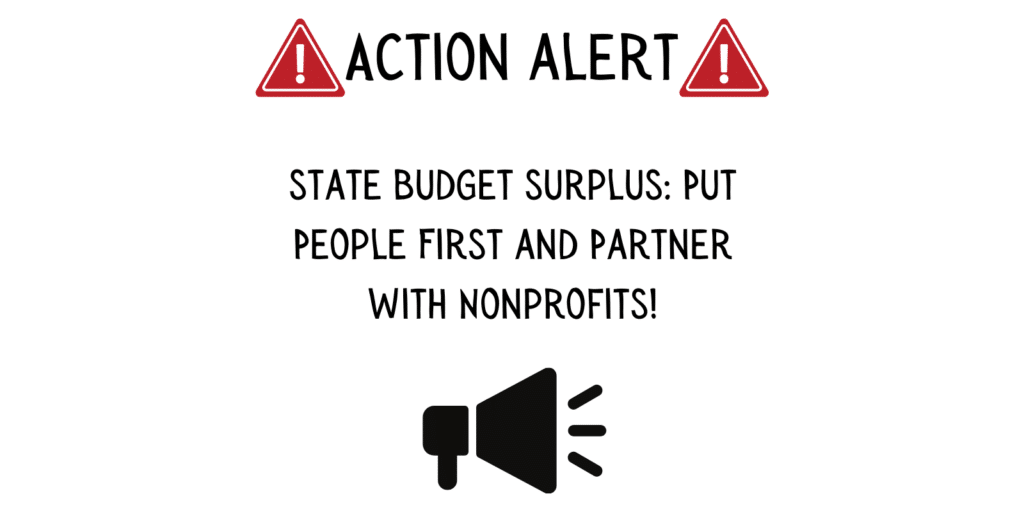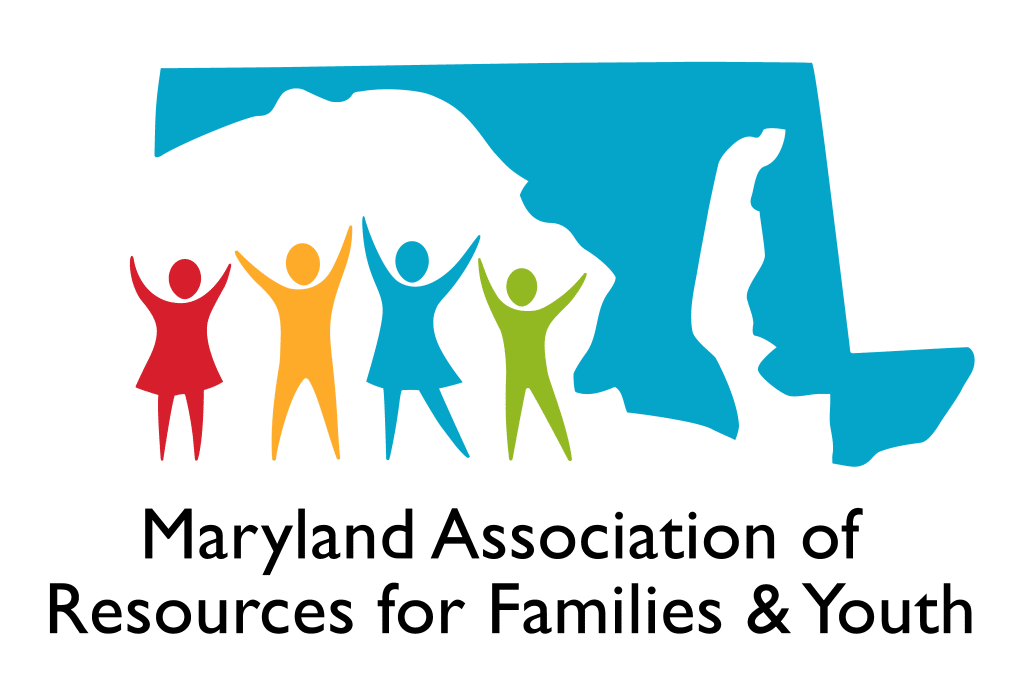 The board member selection process is often headed by the Nominating Committee or Board Development Committee, also called the Governance Committee. The board chairperson and Executive Director should also be closely involved.
The board member selection process is often headed by the Nominating Committee or Board Development Committee, also called the Governance Committee. The board chairperson and Executive Director should also be closely involved.
As a first step in the selection process, a board should evaluate the skills, expertise, and demographic backgrounds of current board members to determine what characteristics they are lacking and would be looking for in future members. The board should also consider whether there are barriers in place (such as time or location of meeting, policies, or procedures) that may keep potential board members from the target demographics or expertise area from being able to serve.
A list of potential board members should be compiled based on how potential candidates may be able to fill these gaps. It is important that the board keeps in mind that a level of diversity and inclusiveness among board members must be maintained, and that potential candidates may need to possess certain characteristics or interests that are outlined in the organization’s by-laws.
Prospective board members can be suggested from various sources, including board and committee members, staff, self-nomination, and others. The board and its committees should maintain confidentiality in the selection and recruitment process.
Although the way in which new board members are recruited will vary from organization to organization, potential candidates should be interviewed, ideally by several board members. As part of this process, the expectations or job descriptions for individual board members should be shared and clearly outlined with candidates. In addition, the prospective board member’s interests and background should be discussed. A mutual understanding of the organization’s mission should be established and the role that the board plays in fulfillment of that mission should be clearly conveyed.
Board members may be elected to the board by the board itself (self-perpetuating); by a broader organization membership, if such exists and is given that power; or by nomination from a third party in accordance with the organization’s by-laws. Each organization should be sure to select new board members in a way consistent with its by-laws.
For access to our resources like sample bylaws, board member job descriptions, board policies, common board member forms, and board orientation and other resources, join Maryland Nonprofits today!
From the Standards for Excellence®: An Ethics and Accountability Code for the Nonprofit Sector. The Standards for Excellence code, developed by the Standards for Excellence Institute, includes specific benchmarks and measures that provide a structured approach to building capacity, accountability, and sustainability in your nonprofit organization. The code identifies 6 major areas of nonprofit governance and management: Mission, Strategy, and Evaluation; Leadership: Board, Staff, and Volunteers; Legal Compliance and Ethics; Finance and Operations; Resource Development and Fundraising; and Public Awareness, Engagement and Advocacy.
The Standards for Excellence® Institute, a program of Maryland Nonprofits, provides the best possible resources to nonprofits nationwide, helping build their capacity to effectively and efficiently meet the needs of their communities. Members of Maryland Nonprofits gain access to an online community with an expansive library of resources and customizable templates. Membership with Maryland Nonprofits is designed to help you raise more money, develop your board, build relationships, learn, save on the things you need to run your organization, and amplify your voice in Annapolis. Join today.




